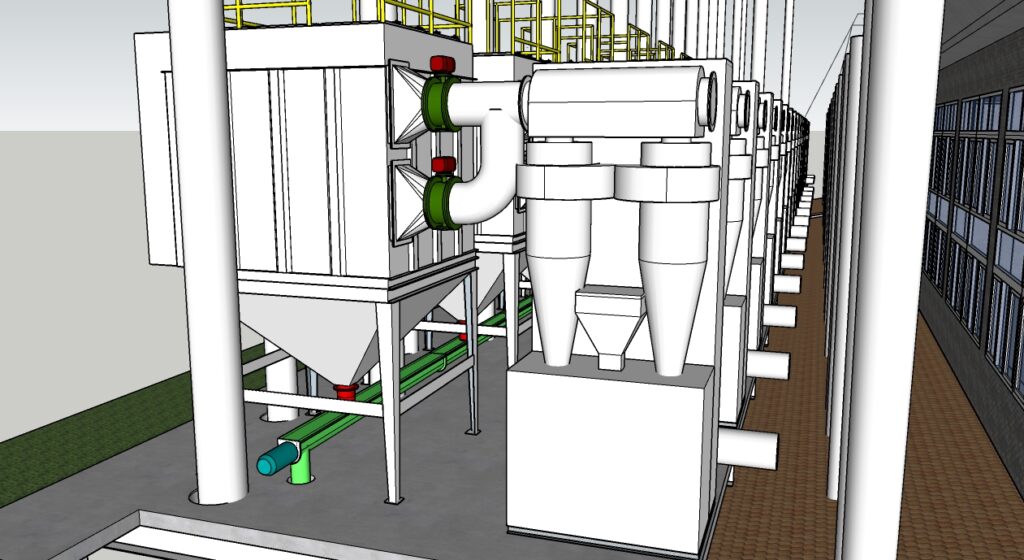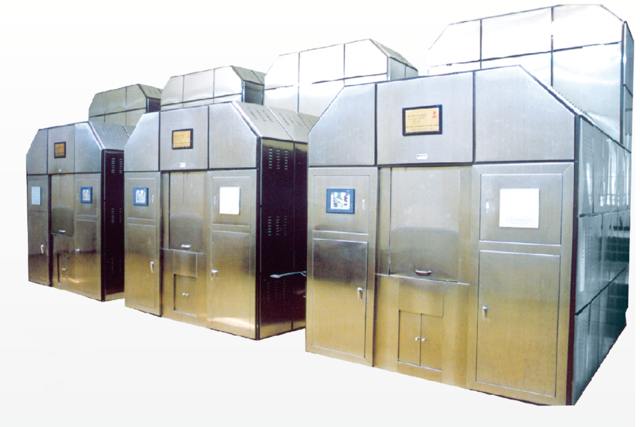Cremation is often thought of as a simple, straightforward process, but have you ever wondered just how hot it needs to be to reduce a body to ashes? As someone deeply involved in the cremation equipment industry, I’ve seen firsthand the immense power and precision required to achieve this. Let’s dive into the science, debunk some myths, and explore what makes cremation temperatures so intense.
The Science Behind Cremation Temperatures
Cremation involves exposing the body to extremely high temperatures in a specially designed furnace known as a cremator. The average temperature range for a cremation fire is 1,400 to 1,800 degrees Fahrenheit (760 to 982 degrees Celsius). These high temperatures are necessary to ensure the complete breakdown of organic matter and bones.
| Temperature (°F) | Temperature (°C) | Process Details |
|---|---|---|
| 1,400 - 1,600 | 760 - 871 | Initial heating phase, starting decomposition |
| 1,600 - 1,800 | 871 - 982 | Main phase, bone calcification, and vaporization |
| Above 1,800 | > 982 | Rapidly reduces remaining bone fragments |
Why Such High Heat?
The purpose of such high temperatures is twofold: efficiency and thoroughness. At lower temperatures, it would take far longer to break down the remains, and the result would be incomplete cremation, leaving behind substantial bone fragments. When temperatures reach 1,800°F, it is hot enough to vaporize organic substances, turning them into gases such as carbon dioxide and water vapor. This ensures a complete and dignified process, which is essential for both environmental and ethical reasons.
What Affects the Cremation Temperature?
Several factors can influence the actual temperature of a cremation fire:
- Type of Cremation Chamber: Modern cremators are designed with advanced airflow systems and high-efficiency burners, enabling them to maintain optimal temperatures. Older models may struggle to reach or sustain these high temperatures.
- Body Composition: The body’s fat content plays a role in the combustion process. Higher fat content can actually raise the internal temperature as fats burn at high heat, potentially pushing temperatures above 1,800°F.
- Type of Fuel: Most cremators use natural gas or propane as fuel, both of which provide consistent and controllable heat. The type of fuel used can impact how quickly the chamber reaches its peak temperature.
My Experience with Cremation Equipment Design
In my years of working with cremation furnace technology, I've encountered various challenges related to temperature control. One particular case comes to mind when we upgraded an old cremation furnace at a funeral home in Shenzhen. The original setup struggled to maintain a consistent 1,500°F, resulting in prolonged cremation times and incomplete remains. We installed a new system featuring an optimized burner configuration and real-time temperature monitoring. The results were immediate: cremation times decreased by 30%, and the process became much cleaner with significantly fewer emissions.
How Long Does It Take to Reach Maximum Temperature?
In a standard cremation process, it typically takes 30 to 45 minutes for the cremator to reach its peak temperature of 1,800°F. However, the rate can vary based on factors such as the initial temperature of the chamber and the efficiency of the burners. During my visits to various crematoriums, I’ve noticed that well-maintained and modernized equipment can reach optimal temperatures faster, cutting down the total time needed for the process.
Energy Consumption and Environmental Impact
Reaching and maintaining such high temperatures requires a significant amount of energy. An average cremation consumes approximately 15 to 30 cubic meters of natural gas per body, depending on the efficiency of the equipment and the specific protocol followed by the crematorium.
| Factor | Impact on Energy Consumption |
|---|---|
| Chamber insulation quality | Lower energy consumption |
| Efficiency of burners | Faster heating, less fuel used |
| Size and composition of the body | Higher mass requires more energy |
In recent years, there’s been a shift towards reducing the carbon footprint of cremation. Innovations like heat recovery systems allow crematoriums to capture and reuse some of the heat generated, reducing overall fuel consumption. From my perspective, this is a crucial step towards making the process more sustainable.
Personal Reflection: The Power of Heat in Honoring Loved Ones
When I witness the immense heat of a cremation fire, it’s a powerful reminder of the process’s significance. The intense flames not only reduce the physical form but also symbolize a final farewell, a transformation of matter back to the elements. It’s a poignant, almost poetic conclusion to a life, and knowing the technology behind it makes me appreciate the craftsmanship involved in ensuring that this final step is carried out with dignity and respect.
Final Thoughts: Why Understanding Cremation Temperatures Matters
For those involved in the funeral industry, understanding the intricacies of cremation temperatures is more than just technical knowledge—it’s about providing a service that honors the deceased. The temperature needs to be just right: hot enough to complete the process efficiently but controlled to minimize emissions and environmental impact. It’s a delicate balance, one that I continue to refine in my work to ensure that every cremation is as respectful and efficient as possible.
Understanding these details might not be on everyone's radar, but for those who choose cremation for themselves or their loved ones, knowing the care and precision that goes into it can be reassuring.



